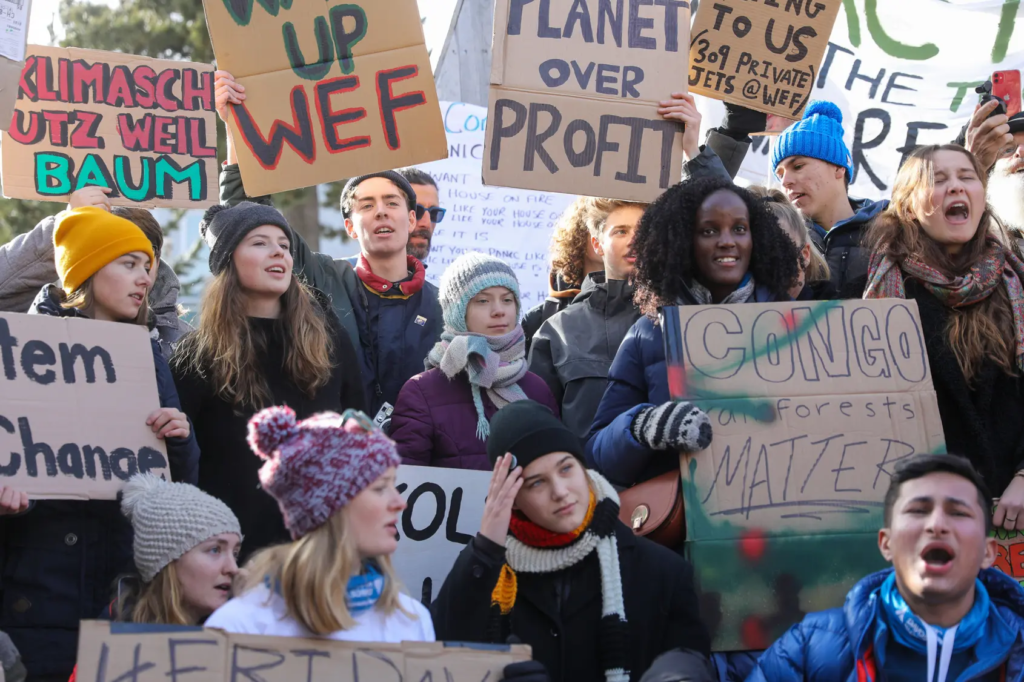If you’re already in college, you probably have a lot of experience with the question “who are you?” and the prompt “tell us about yourself.” But instead of listing your hobbies and interests, I invite you to dig deeper, into the crevices of your formative years, and examine the ways in which your life unfolded before you.
The trick to finding your story is not to think of yourself as a main character but as the writer. What are the experiences, relationships and choices you have made that have led you here? While brainstorming these questions, you will soon come to discover traces of a path that has been margined with purpose every step of the way. Knowingly or unknowingly, we all move towards an imagined future that we believe to be our purpose in life. But for those who do so unknowingly, the question is:
How do you know your purpose if you don’t even know your story?
Let me begin with my own story as an example. I grew up in Bangladesh and when I was 7 years old, my grandmother was diagnosed with Alzheimer’s – marking the beginning of a poignant and difficult journey. Over time, as my grandmother’s memory and conscious awareness both faded, I realized that the real villains in our story were not amyloid or tau proteins (biological markers of Alzheimers!) but ignorance and lack of awareness instead. Neither us nor the caregivers in Bangladesh were educated enough to understand Alzheimer’s which meant we would often find ourselves getting exasperated at times with her inability to communicate. I remember her own husband and caregivers calling her ‘crazy’ and ‘stubborn’ without realizing that she couldn’t respond, no matter how hard she tried. After she passed away, I thus began educating myself on this topic through in-person volunteering and online courses with the goal of translating my knowledge into action and advocating for better and accessible support systems for dementia in Bangladesh.
It is important to recognize that not everybody needs to have a heart-wrenching sob story to create social impact. As long as it impacts you, it has the power to impact the system.
There is no doubt that today’s youth are not satisfied by simply being spectators in the era of social change and innovation. We want to be spearheading it. This sentiment is echoed across the globe, amidst young people with an urge to take action, and not just a desire.
Let us now explore the story of Vanessa Nakate, a 24-year-old climate activist in Africa.
Vanessa Nakate was first introduced to the climate crisis with the complete destruction of the Congo Basin Rainforest, commonly known as the “lungs” of Africa. When trying to speak up about it, she became frustrated by how few people in Africa were aware that it was climate change driving such environmental disasters and not “God’s will”. She thus realized that in order to lead social change, she needed to change people’s behavior and belief systems first.
As a young activist, Nakate led a climate strike at the University of Ibadan and was even presented with the opportunity to discuss her experiences in COP25 in Madrid, sparking the beginning of her journey as a social impact leader in climate justice. The picture below shows her and other climate activists (including Greta Thunberg!) protesting during the World Economic Forum in 2020.
In her words, “every activist has a story to tell; every story has a solution to give; and every solution has a life to change.”
Now, ask yourself: what is my story? Imagine a future in which you will be carrying this story with you, centralizing it in your fight for social change. One day, even if this imagined future does not materialize, it will have guided your actions and decisions and formed the pillar of the legacy you leave behind.

Wonderful!